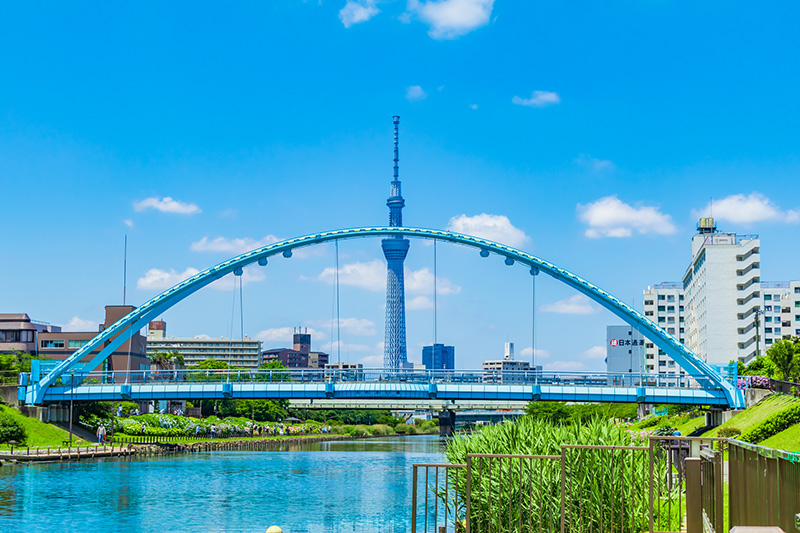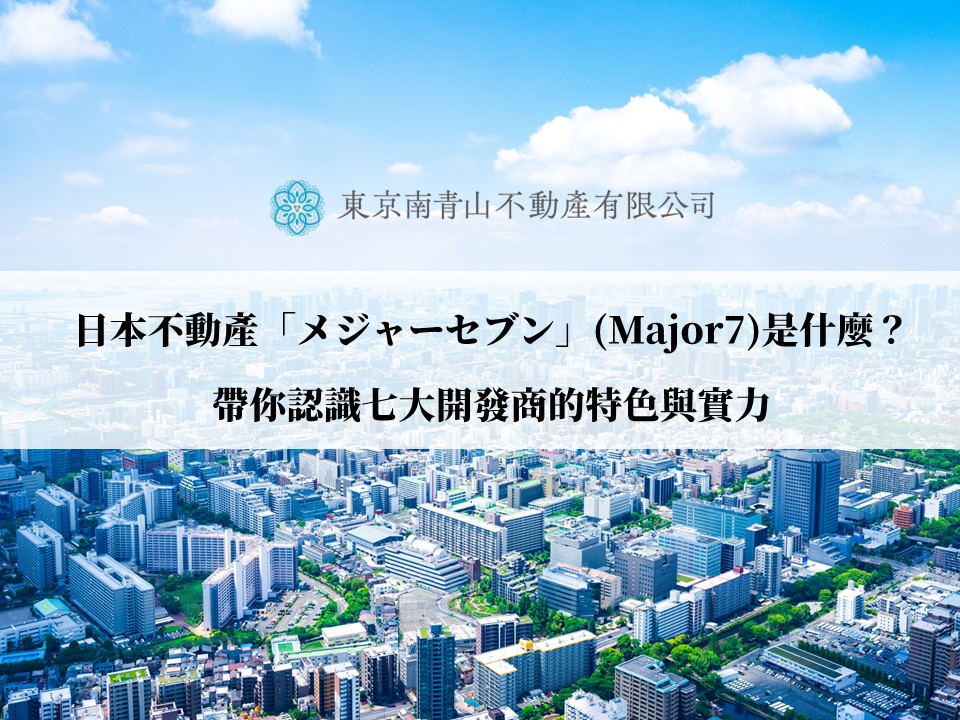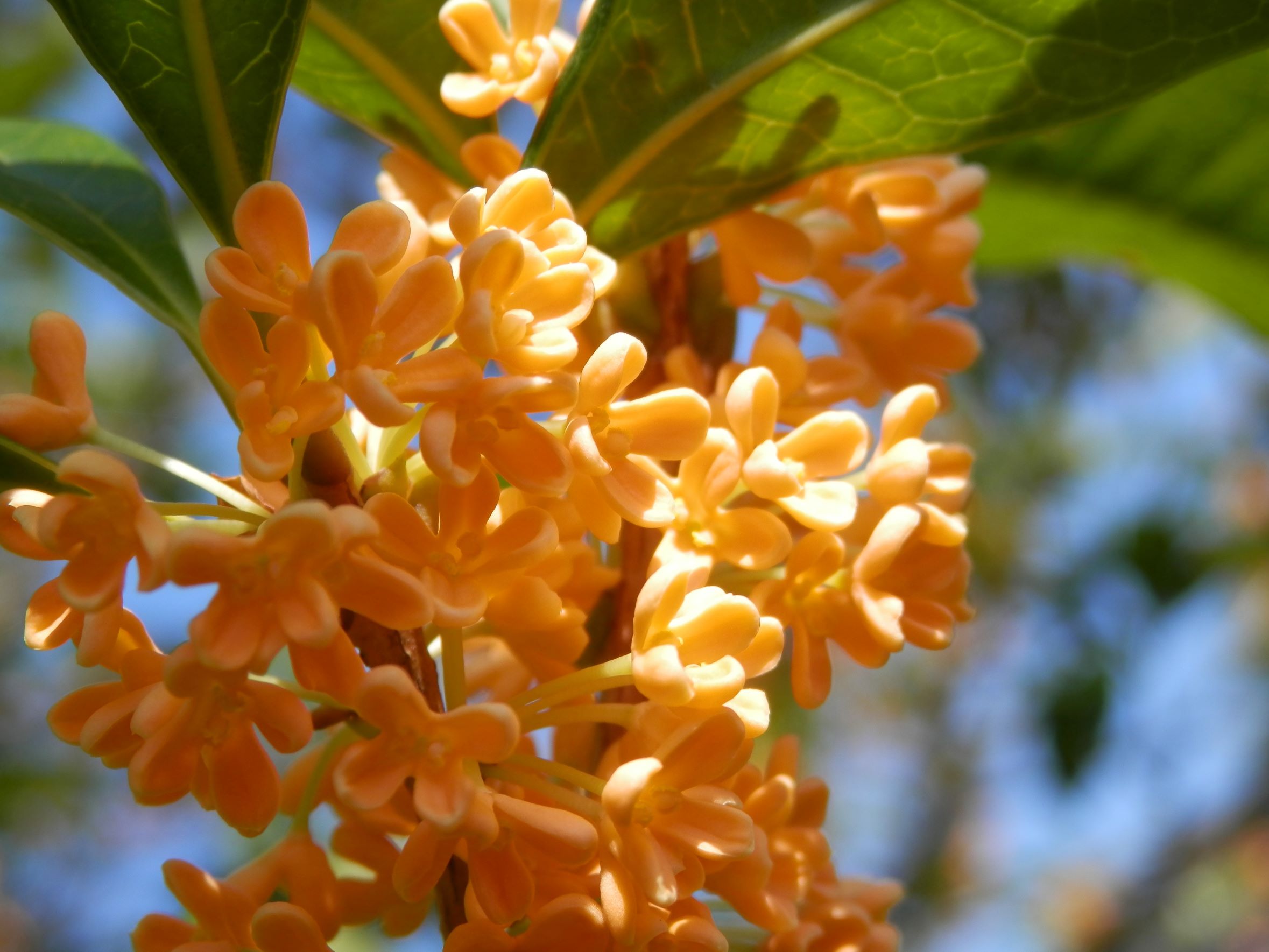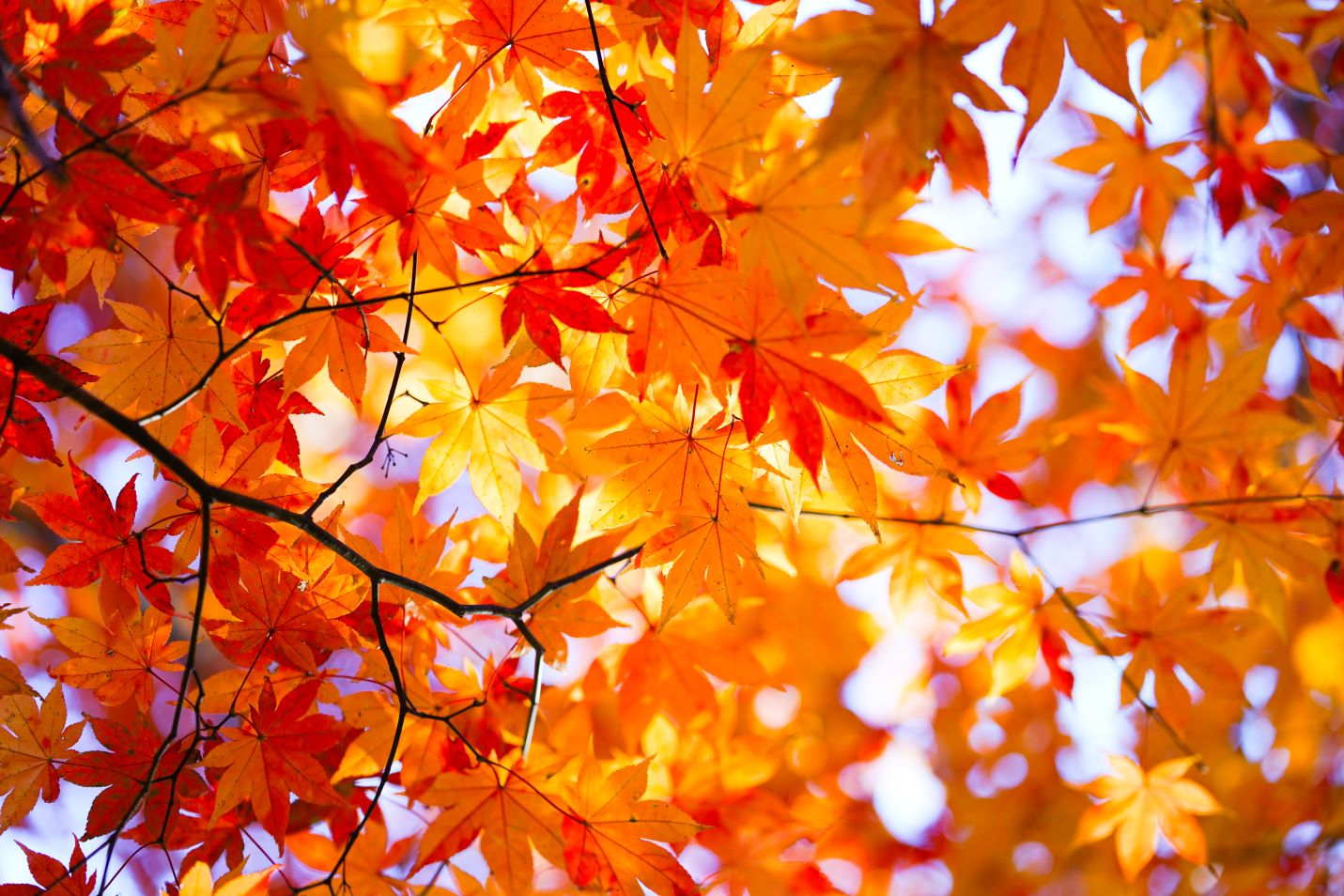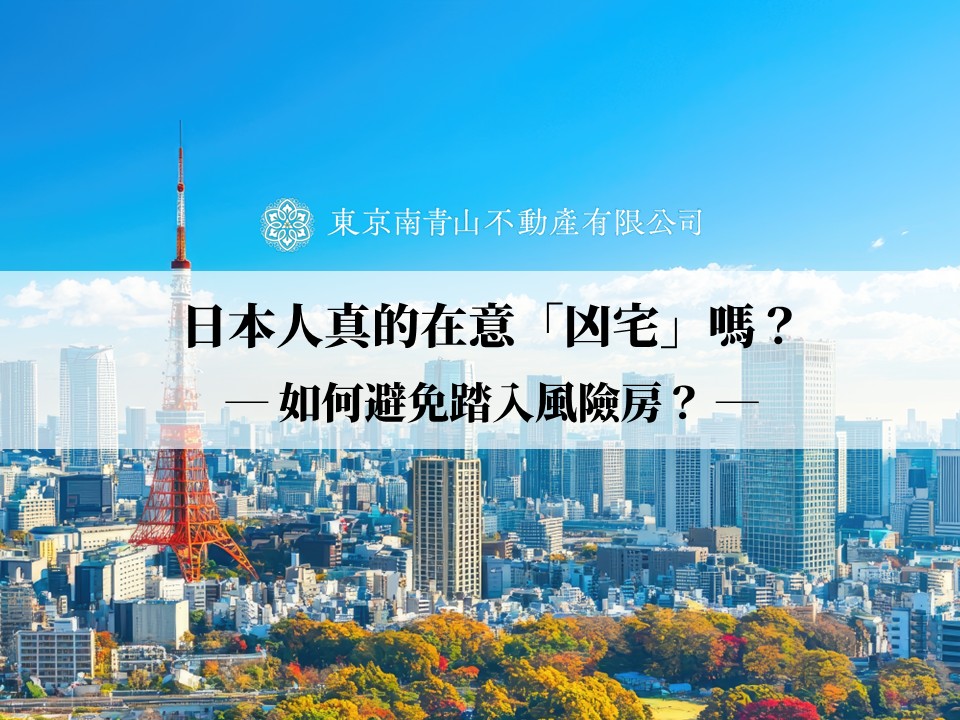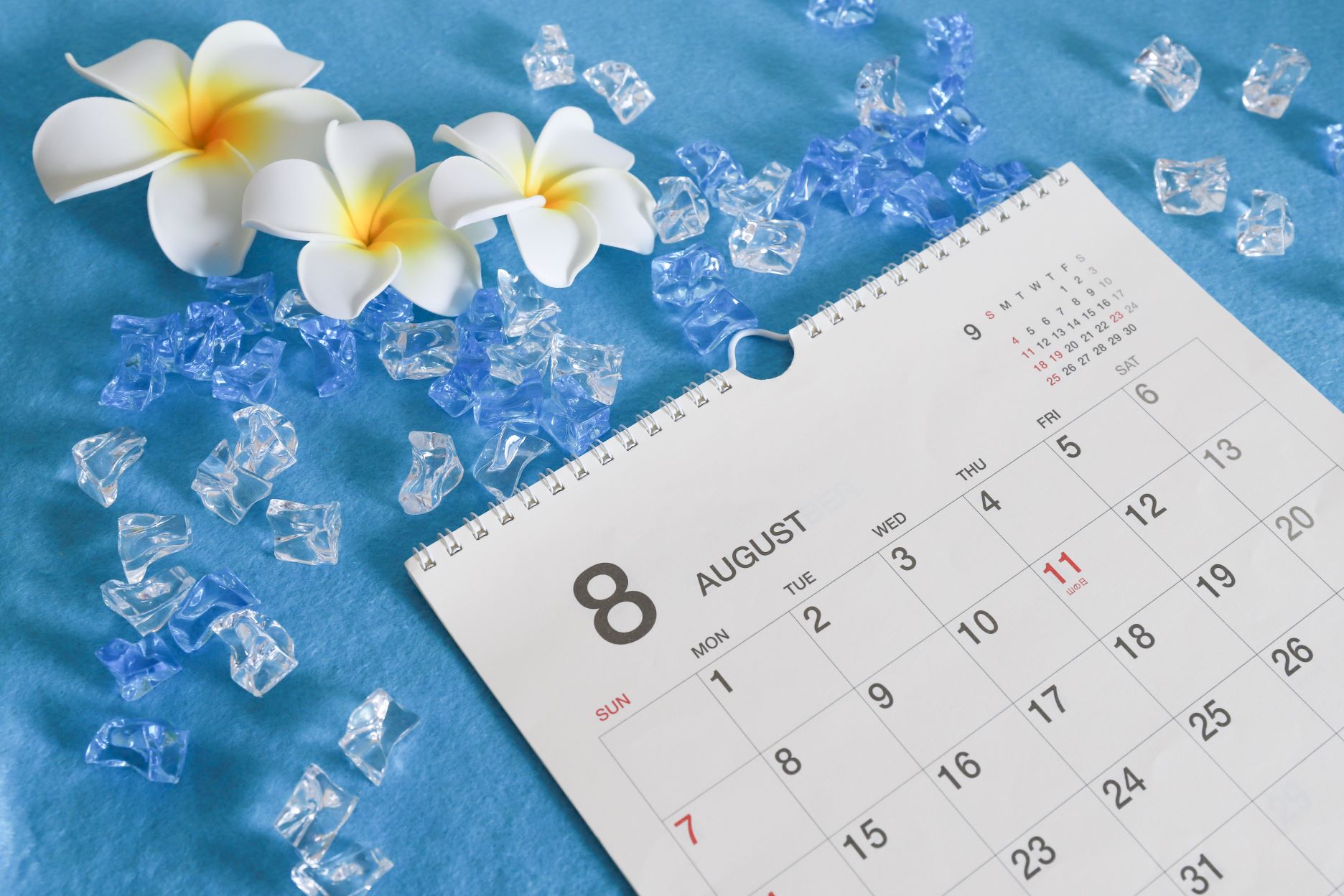Edogawa Ward is located in the southeast corner of the 23 special wards of Tokyo. Bounded by the Arakawa and Edogawa rivers, it faces east and west, while its southern tip is bordered by Tokyo Bay, creating a region surrounded by rivers and sea. It offers an environment abundant with nature, including waterfront parks, riverside cycling paths, and sports facilities.
One distinctive feature of Edogawa Ward is its parkland area per capita, ranking second among the 23 wards as of April 1, 2022. However, since the first-ranking Chiyoda Ward has a lower nighttime population, in practical terms, Edogawa could be considered the top ward in terms of park area per person. The area boasts numerous extensive parks, including the Kasai Rinkai Park along the coastal region, along with a plethora of parks, green spaces, and sports facilities along the Arakawa and Edogawa riversides. This spacious and expansive environment stands as one of the major attractions of Edogawa Ward.
Now, let's delve into the history of Edogawa Ward.
The landscape of Edogawa City includes the Middle River Interaction Bridge.
Kasai Rinkai Park
■1 Prehistoric Era in Edogawa Ward
People are believed to have started living in Edogawa Ward around the end of the Yayoi period. What was once underwater gradually transformed into land about 3000 years ago due to the recession of the sea and the uplift of the land, accompanied by the deposition of sediment carried by the river. The oldest traces of residences can be found at the "Kami-Koiwa Site" in Kita-Koiwa, considered to be remnants of a settlement from the early Kofun period. Discoveries of pottery commonly found in the Tokai region suggest interactions with that area.
The
The
■2 Medieval Era (Nara Period to Pre-Edo Period) in Edogawa Ward
During the 8th to 10th centuries, Edogawa Ward belonged to the Katsushika District in Shimōsa Province, which covers the present northern Chiba Prefecture, southwestern Ibaraki Prefecture, and eastern Tokyo. Within the vast Katsushika District, the area corresponding to present-day Edogawa and Katsushika wards was known as "Ōshima-go." It is believed that the settlement of "Kōwari" within Ōshima-go is the origin of the name "Koiwa" in Edogawa Ward.
The Toshima clan, who ruled over this region during this time, donated the villages of Ōshima-go to Ise Shrine, establishing it as a manor (private land of nobles and temples) known as "Kasai-no-Mikuriya." This manor flourished under the protection of Ise Shrine. The prevalence of "Tenzu Shrines" within present-day Edogawa Ward is a remnant of this Mikuriya period.
The existing "Motosakura Road Marker" in this area is a preserved relic, initially used at the intersection of two roads: the "Sakura Road" connecting Edo to Sazawa in the Bōshū region and the "Gyōtoku Road," linking the salt-producing area of Gyōtoku to various destinations.
Tenso Shrine
The
■3 The Edo Period in Edogawa District
When the Edo Shogunate was established, most of the Katsushika Gozu (territory under the control of the shogunate) became domains of the Shogunate. In this designated area, known as Edogawa District, new land development was actively undertaken, transforming previously undeveloped areas into rice paddies. Representative examples included the Ukida Shin-den, Iyo Shin-den, and Ichinoe Shin-den. The residence of the Tagima family, who served as headmen for generations in Ichinoe Shin-den, is now open to the public as the "Ichinoe Headman's Residence."
During the Edo Period, the Shin River (Funabori River) played a significant role in logistics. In the early stages of the Edo period, a major project known as the "eastward relocation of the Tone River" took place. This allowed goods from Tohoku and Ezo to travel from Choshi, upstream through the Tone River, passing through Sekiyado (Noda), and eventually reaching the Edo River (Tainai River).
These ships entered the artificially dug Shin River near the mouth of the Edo River, traversed the Nakagawa River, passed through the Onagigawa River, and were transported to the heart of Edo city. Moreover, the Shin River was initially developed to transport salt from Ichikawa, serving as a lifeline for the people of Edo.
Utilizing this maritime transport, vegetables were also shipped to Edo, and the region produced a variety of leafy vegetables. One such vegetable was the "Komatsuna" named after the Komatsugawa River, believed to have been named during the visit of the 8th Shogun Tokugawa Yoshimune during his falconry activities in the area.
Given the clean shallow coastlines at the time, seaweed and shellfish were abundantly harvested during the winter and spring seasons and transported to Edo. The Katsushika seaweed, known as "Asakusa nori," was highly prized as a premium product.
Several land-based roads, including the Moto-Sakura Road, Gyotoku Road, and Iwatsuki Road, traversed through the district, facilitating the movement of people and goods. Particularly, the Moto-Sakura Road served as a crucial route linking Edo and Chiba, passing through the Koiwa barrier, crossing the Edogawa River, and extending to Ichikawa.
The Ichinoe Headman's Residence
The Remains of Koiwa Barrier Site
■4 Edogawa Ward from the Meiji period to the prewar period
During the Meiji era, the primary industries in the Edogawa ward remained agriculture and fishing, with crops such as rice, vegetables, flowers, lotus roots, along with fish, seaweed, and shellfish being the main products. Towards the end of the Edo period, the production of traditional Japanese umbrellas also became thriving.
The advent of railways brought about a shift in the industrial landscape. With the opening of the Sobu Line in 1899 and the establishment of Hirai and Koiwa stations, rapid development of commercial and residential areas occurred around these stations. The inauguration of the Keisei Electric Railway between Oshiage and Edogawa in 1912 accelerated this trend. Furthermore, following the Great Kanto Earthquake of 1923, many people evacuated from central Tokyo to settle in Edogawa ward, leading to a continuous rise in the population.
This population surge prompted a shift from agriculture to industry, resulting in the establishment of numerous small-scale factories across the ward. Additionally, the completion of the Arakawa Flood Control Channel project between 1910 and 1930 brought about flood prevention measures, including sluice gates to maintain water transport. The area had a history of approximately 250 recorded floods since the Edo period due to its low-lying nature, but the completion of these flood prevention measures significantly reduced the risk of inundation, facilitating the establishment of many factories in the low-lying areas.
Moreover, during the Meiji era, goldfish farming emerged as a new specialty product. Taking advantage of abundant water resources, numerous goldfish breeders emerged throughout the ward. Intensive breeding programs were undertaken, resulting in the creation of unique breeds such as the "Edogawa Ryukin". Even today, Edogawa ward is renowned as one of the leading goldfish production areas in the country.
Goldfish (Edogawa Ward Specialty Goldfish Festival)
■5 After World War II, Edogawa Ward
For Edogawa Ward, water posed both a threat and a blessing. To mitigate this threat, various national-level flood control projects were undertaken from the Meiji era through the Showa era. The excavation of the Edogawa Flood Channel in 1919, completion of the Arakawa Flood Channel in 1930, and the opening of the Shin-Nakagawa in 1963 transformed Edogawa Ward into a secure place to live and an area conducive to industrial growth.
The post-war era witnessed the fruition of these efforts. In 1969, the Tokyo Metro Tozai Line commenced operations, establishing Kasai Station in what was once near the coastline. During the 1970s, extensive residential complexes were developed in Minami Kasai (Horiecho) and Nishi Kasai (Koishimacho) along the coast, transforming these areas into bustling neighborhoods.
Moreover, a massive land reclamation project took place from 1972 in an area known as Kasai-Oki, giving rise to new land called "Seishincho" and "Rinkaicho" by 1983. Over the next two decades, extensive development efforts ensued. Seishincho primarily became a residential district, while Rinkaicho was dedicated to facilities like truck terminals and wholesale markets, serving as a logistical hub connecting Tokyo to the rest of the country.
Kasai Rinkai Park and Kasai Seaside Park emerged from this project. With the opening of the JR Keiyo Line in 1988, "Kasai Rinkai Park Station" was established, drawing visitors from across the Greater Tokyo Area. The "Nishi Nagisa" within the Seaside Park was developed for clam digging and swimming, while the "Higashi Nagisa" was preserved as an untouched area to conserve the ecosystem. In 2018, the latter was designated as a Ramsar Wetland underlining its international significance and ecological value.
The Scenery of Edogawa Ward
The man-made tidal flats
■6 The Future of Edogawa Ward
In Edogawa Ward's Shinzaki area, one of Japan's traditional summer symbols, wind chimes, thrives. The Shinohara Furin Honpo workshop preserves traditional crafting methods dating back to the Edo period. Upholding techniques passed down from the late Shinohara Giji, apprentices and family members safeguard these methods while crafting a wide array of wind chimes, ranging from traditional motifs like morning glories and goldfish to innovative designs like watermelons and soccer balls.
Redevelopment Project of JR Koiwa Station North Exit Area, Expected Completion CGI of Commercial Facilities as Viewed from Kita-guchi Street
A scene with a canoe
■7 Traditional Culture Mini Column: Edo Wind Chimes
In the Shinohara area of Edogawa Ward, there's the Shinohara Furin Honpo, a workshop upholding traditional methods of crafting wind chimes since the Edo period. Continuing the techniques inherited from the late Shinohara Giji, apprentices and family members preserve these methods while creating a wide range of wind chimes. They craft designs ranging from traditional motifs like morning glories and goldfish to innovative shapes such as watermelons and soccer balls.
Edo Wind Chimes
Edo Wind Chimes


